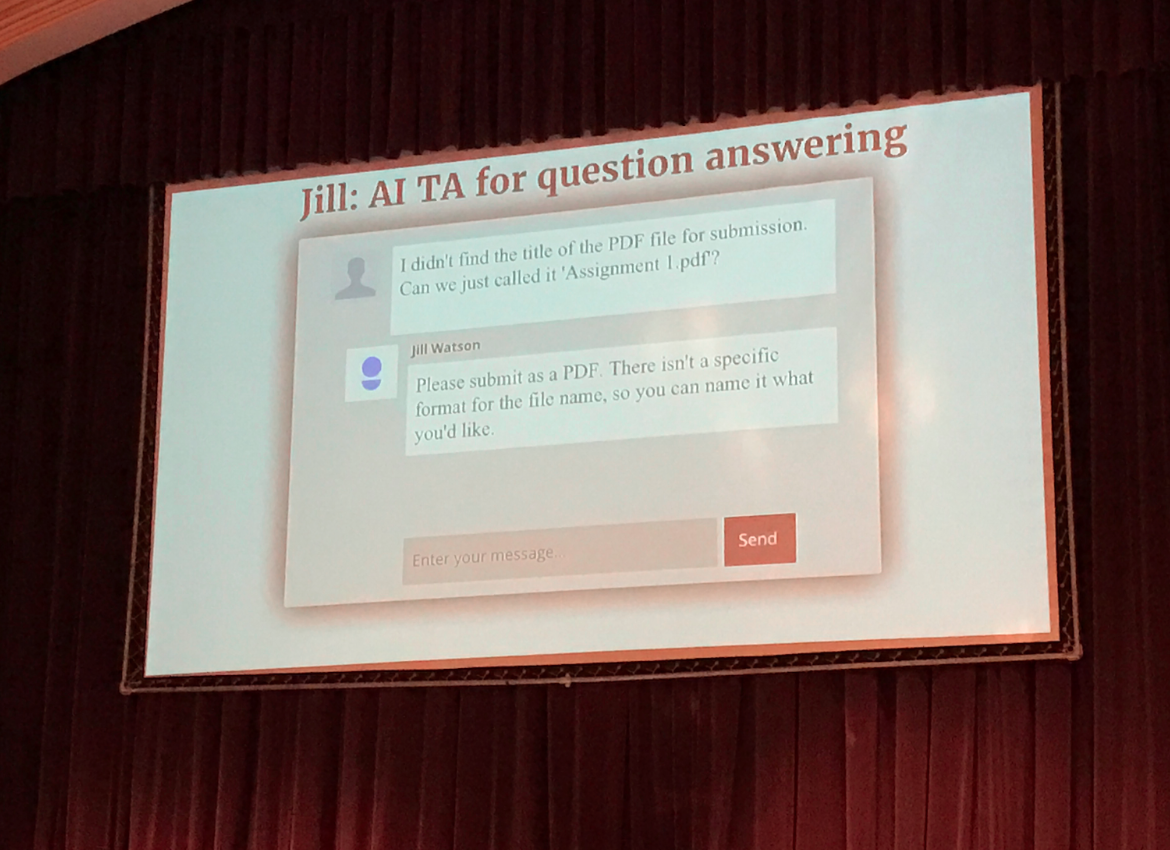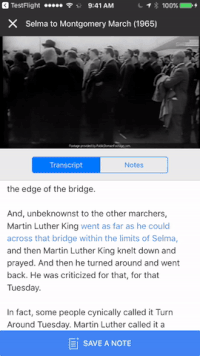Online course platform Coursera recently held their fifth annual Partners Conference, hosted by the University of Colorado Boulder. Over three days, staff from Duke’s Center for Instructional Technology joined representatives from many of Coursera’s other 140 partner institutions to share best practices for designing, creating, and delivering online courses, and look ahead to the future role of online education in the lives of learners around the world.
Here are some of our top takeaways.
Here Come the Robots
For many, forums are one of the best things about online courses. Unlike the wide-open internet, an online forum can provide a learning community with a focused discussion that can help peers learn from each other as they share details, ask new questions of one another, and bring new meaning to the course content.
However, in a massive open online course, the forum can become a struggle for everyone: instructors end up answering essentially the same questions again and again, while students find themselves overwhelmed under a mountain of previous discussion threads, topics and comments.
To stem this information overload, instructors often find they must hire more TAs, or at the very least, recruit star students to participate in courses as “community mentors” who can guide other students to the right content. Surely, technology could help? Keynoter Ashok Goel, Professor of Computer Science and Cognitive Science at the Georgia Institute of Technology, talked about his experiences using artificial intelligence (AI) to act as TAs in his massive online courses (see a similar talk on YouTube).
For example, his team created an artificial intelligence-driven “bot” that would answer questions under the name “Jill Watson.” The image below shows a typical interchange between a student in Goel’s course and Jill.

Though some students suspected Jill was in some ways different, most didn’t actually realize that Jill was in fact an AI bot until Goel revealed this at the end of the course. Goel sees a future for leveraging AI TAs for more than just answering forum questions. AI bots can, for example, be trained to identify common paths students take in a course, and then can in turn recommend the most effective paths to future students.
Mobile Focus
For several years, Coursera has had an eye on mobile users. This portion of learners has been growing quickly and Coursera continues to improve the user experience of their courses on their mobile app. This year Coursera added new features including a note-taking option, the ability to complete quizzes offline and upload automatically at the next opportunity, customized notifications to remind yourself about class deadlines, and an in-app browser similar to those found in Facebook or Twitter that will more easily open linked webpages and files from the course.

Clever Course Improvement Tactics
When an institution creates a Coursera course, it’s hard to get everything right the first time. Several institutions have found ways to use data to improve the learner experience in courses post-launch that don’t require the massive effort of completely redoing lecture videos, quizzes, and other major course components.
The online course team at the University of Alberta has developed a particularly clever model. First, they identified the course in their Coursera catalog with the lowest completion rate. To figure out where learners were getting stuck, they did a qualitative narrative analysis of course reviews and discussion board comments. They then created a matrix that identified issues by type (production, assessment, content, platform) versus effort required to fix it, and honed in on the issue that would provide maximum improvement for the minimum of effort.
The result? An improvement in course completion rates simply by changing the learner instructions for a couple of quizzes. This model offers a systematic and efficient way to make courses better for learners that could be applied by even the smallest course-building teams to projects of any size.
